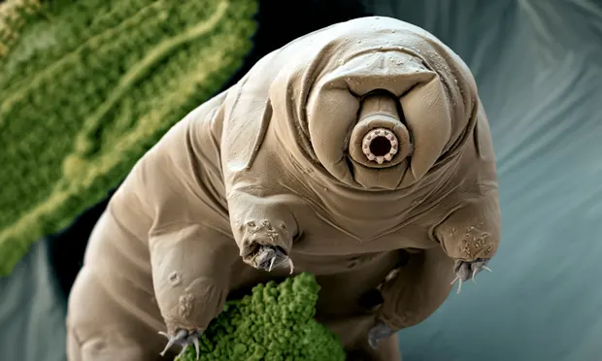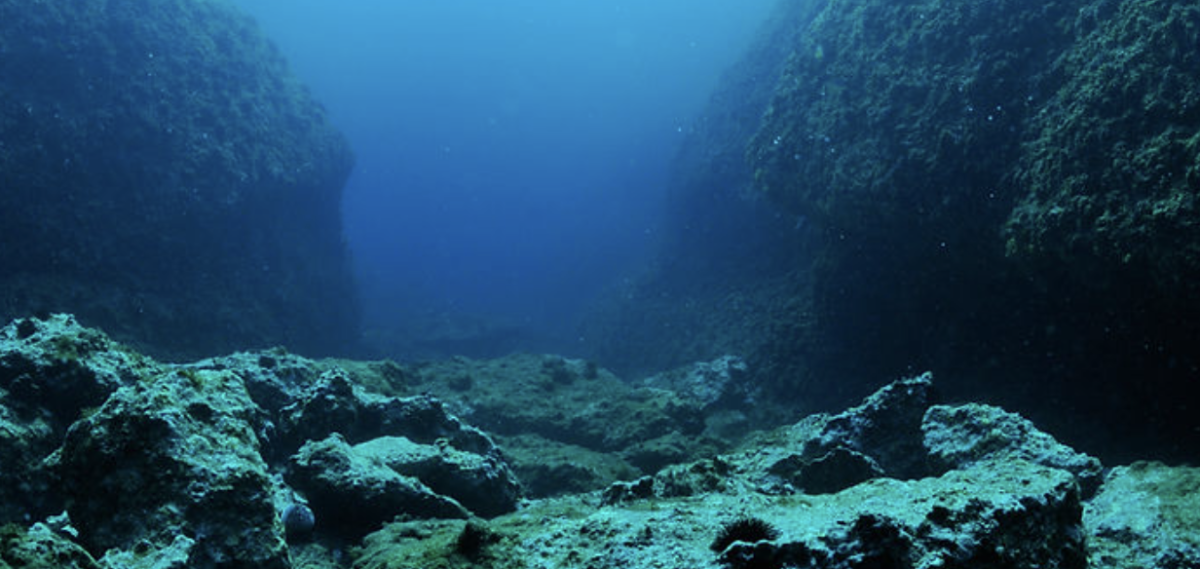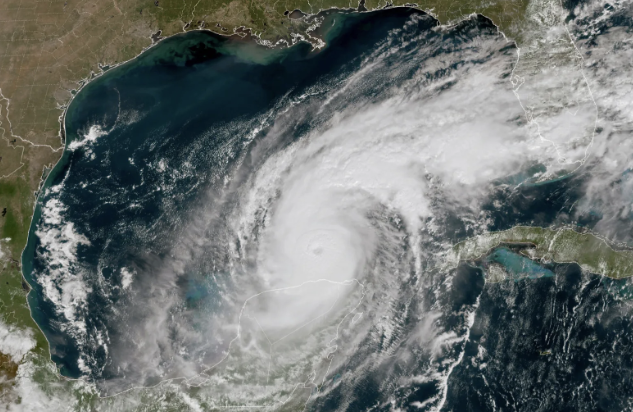In the vast tapestry of life on Earth, there exist some extraordinary organisms that challenge our understanding of resilience and survival. Tardigrades, often affectionately referred to as “water bears” or “moss piglets,” are tiny, water-dwelling animals that have captivated the scientific community and nature enthusiasts alike. Their extraordinary abilities to endure extreme conditions have earned them the reputation of being one of nature’s ultimate survivors. In this article, we will explore the fascinating world of tardigrades, examining their biology, habitat, and the remarkable feats that make them stand out in the realm of microorganisms.
Tardigrades are microscopic invertebrates, typically measuring between 0.1 to 1.5 millimeters in length. These minuscule creatures are found in various terrestrial and aquatic environments, with a particular affinity for mosses, lichens, and leaf litter. They are known to inhabit virtually every corner of the globe, from the deep sea to the highest mountains and even the polar regions. Tardigrades are remarkable in their diversity, with over 1300 species identified to date.
Tardigrades have unique physical characteristics that set them apart from other organisms. They possess four pairs of stubby legs, each ending in several claw-like structures, which enable them to cling to surfaces and move with surprising agility. Their bodies are segmented, and they are covered in a cuticle that offers protection and flexibility.
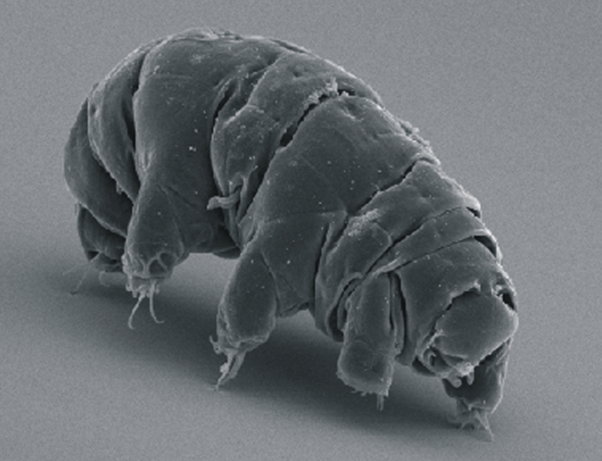
Astonishing Survival Mechanisms
What truly distinguishes tardigrades is their astonishing ability to endure some of the harshest conditions that would be lethal to most other life forms. Here are some of the remarkable survival mechanisms of tardigrades:
Cryptobiosis: Tardigrades are masters of cryptobiosis, a state of suspended animation in which they can endure extreme desiccation (dehydration), freezing, and intense radiation. During cryptobiosis, tardigrades essentially shut down their metabolism, losing almost all of their body water content. In this state, they can survive for years, if not decades, until they encounter more favorable conditions.
Extreme Temperatures: Tardigrades can withstand extreme temperatures, from as low as -273°C (-459°F) to as high as 150°C (302°F). They have been found in the scorching deserts of Africa and the frigid expanses of Antarctica, demonstrating their remarkable temperature tolerance.
Radiation Resistance: Tardigrades can endure ionizing radiation that would be lethal to most organisms. They have been exposed to radiation levels hundreds of times higher than those that would kill a human and have survived.
Pressure Tolerance: In the deep sea, where pressures can be thousands of times greater than at the surface, tardigrades thrive. They have been discovered in ocean trenches more than 7 miles deep.
Harsh Chemicals: Tardigrades have a resistance to various chemicals, including strong acids, alkaline solutions, and organic solvents.
Space Survivors: Tardigrades have been sent into space on various missions and exposed to the vacuum and radiation of space. Remarkably, they have been shown to survive and reproduce under these extreme conditions, highlighting their potential for interplanetary transport.
Tardigrades are truly nature’s ultimate survivors, and their remarkable resilience has captured the fascination of scientists and enthusiasts worldwide. These tiny, seemingly indestructible creatures challenge our understanding of life’s boundaries and continue to inspire research in diverse fields, from biology to astrobiology.
The study of tardigrades not only deepens our appreciation for the diversity of life on Earth but also offers potential insights into the search for life on other planets. Their incredible adaptations to extreme conditions remind us of the tenacity of life itself, and they serve as a testament to the enduring power of evolution.
As we explore the mysteries of the natural world, tardigrades stand as a reminder that life is far more adaptable and resilient than we could ever have imagined.
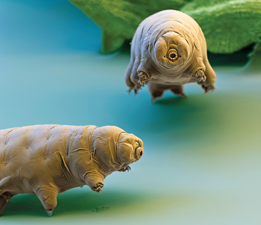
Interesting facts about tardigrades:
- Tardigrades have been on earth about 600 million years, preceding the dinosaurs by about 400 million years.
- Thanks to their adaptability to survive in extreme conditions, tardigrades can outlive humans.
- Tardigrades are among the few animals to have lived through all of our planet’s big five extinction events


